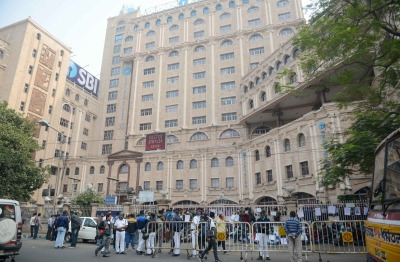
New Delhi — India’s public sector banks (PSBs) remained resilient through the July–September quarter (Q2 FY26), even as private sector banks saw their market capitalisation decline amid trade uncertainty and weak investor sentiment, according to a new report released on Monday.
Data from S&P Global Market Intelligence revealed that HDFC Bank’s market cap slipped 4.8 per cent, while ICICI Bank dropped 6.7 per cent during the quarter. This marked a reversal from the April–June quarter, when both private lenders had gained on the back of strong liquidity and policy rate cuts.
Other private banks, including Kotak Mahindra Bank and Axis Bank, also posted declines in market value compared to the previous quarter. IndusInd Bank was the worst performer, losing 15.7 per cent of its market cap and dropping to the 14th spot among Indian lenders, following disclosures of accounting lapses earlier in 2025.
Despite the volatility, the top seven banks in India maintained their market cap rankings, the report noted.
In contrast, public sector banks recorded solid gains. The State Bank of India (SBI) — the country’s largest lender by assets — saw its market cap rise 10 per cent in the third quarter. Bank of Baroda and Punjab National Bank posted increases of 3.9 per cent and 2.1 per cent, respectively.
Canara Bank, based in Bengaluru, rose 8.3 per cent, climbing to the eighth position among India’s largest lenders by market cap, up from tenth three months earlier. Indian Bank, headquartered in Chennai, recorded the highest growth among the top 20 lenders, with a 16.7 per cent surge in market capitalisation.
The report attributed the strength of public sector banks to stable macroeconomic conditions and improving investor confidence. The government’s recent GST rate cuts, combined with expectations of a strong festive season and normal monsoon, are also expected to boost rural demand and support credit growth.
Meanwhile, the Reserve Bank of India (RBI) raised its GDP growth forecast for FY26 to 6.8 per cent, up from 6.5 per cent, citing improving domestic demand. Although the central bank kept policy rates unchanged in its latest review, economists anticipate further rate cuts later in the fiscal year after two reductions in early 2025.
Analysts at Visible Alpha, a subsidiary of S&P Global Market Intelligence, earlier projected that private lenders — particularly those affected by trading lapses — may take up to two years to recover their earnings after losses linked to foreign currency derivative exposures.
With inputs from IANS